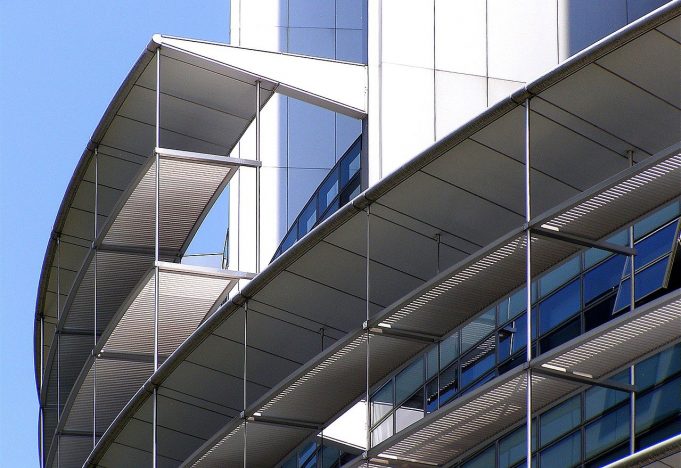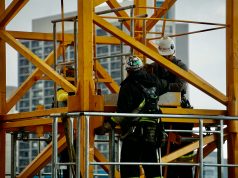Aluminum extrusion is the process of molding and giving a shape to aluminum. It can be done by pushing an aluminum billet heated to a very high temperature through a die. Aluminum is a solid and recyclable element that can be molded into different shapes by aluminum extrusion. There are two methods of shaping material, but the most widely used is die casting.
Let us have a look at the procedure of aluminum extrusions step by step.
Procedure
Aluminum extrusion includes some simple steps. The design for the aluminum is prepared and confirmed so that it can be achieved by aluminum extrusion. The shapes that can be extruded include solid shapes, hollow shapes, and semi-hollow shapes. When the design is confirmed, the procedure begins.
STEP1: The first thing included is heating the die before starting the process. It is crucial to heat the die at around 600 degrees so that the process can be run smoothly.
STEP 2: After heating the die, the next step is heating the solid or cylindrical block of aluminum. A cylindrical and cut piece of aluminum is called a billet. The billet is first passed through a furnace so that it can be preheated as well. The normal temperature for a billet should be 200-300 degrees celsius.
STEP 3: The previous material from the die is cleaned, and the heated billet is passed from the furnace to the die. A lubricant is applied to the extrusion ram, so the billet does not get stuck anywhere in the dam.
STEP 4: The heated aluminum is pressed into the die by using a hydraulic press. The hydraulic press applies up to 10,000 tons of pressure to the aluminum. As the force is applied, the aluminum is passed through the die opening to create the shape of the container.
STEP 5: When thousands of tons of pressure is applied to the soft aluminum billet, it passes through the extrusion die opening and creates the shape of the opening.
STEP 6: After the billet forms the shape of the container, it is passed through the water so the temperature can cool down. The process of passing aluminum through the water is called quenching. It helps cool down the aluminum but not completely.
STEP 7: After the quenching process, the aluminum lengths are guided towards the run-out table with the help of equipment called a puller. It helps in the cooling process of the aluminum lengths and separates them from the extrusion process.
STEP 8: The temperature of aluminum and all other equipment is measured throughout the process, and every piece of equipment used in the extrusion process is preheated.
STEP 9: After passing through the run-out table, the extrusions are then carried to the cooling table with the help of a puller. The table-length extrusions are allowed to cool down until they reach room temperature. The aluminum lengths remained untouched until they cooled down completely.
STEP 10: To maintain the straightness of the aluminum profiles, they need to be stretched again. Each aluminum profile is stretched manually after it is cooled down.
STEP 11: The aluminum extrusion process comes to an end now. The aluminum profiles are ready and stretched. They are transferred to the saw table. After the sawing process, they will be moved to the oven to be aged properly to T5 or T6 temper.
Benefits of Aluminum Extrusions
Aluminum extrusions are very widely used all over the world for many purposes. They can be used in making doors, windows and in other industrial areas as well. They are solid and reliable, which is why huge industries rely on them. Besides that, aluminum extrusions have other benefits as well, such as:
- The process is very cost-effective
- Aluminum extrusions are corrosion resistant
- They can work with brittle materials
- They are robust, reliable, and lightweight
- They are excellent thermal and electrical conductors
- They can also be recycled and reused.
Conclusion
Aluminum extrusions are essential and beneficial for making many industrial and household products. The process of making aluminum extrusion is efficient. They are strong, sustainable, and easy to use, and with so many benefits, they are now being used very commonly.














